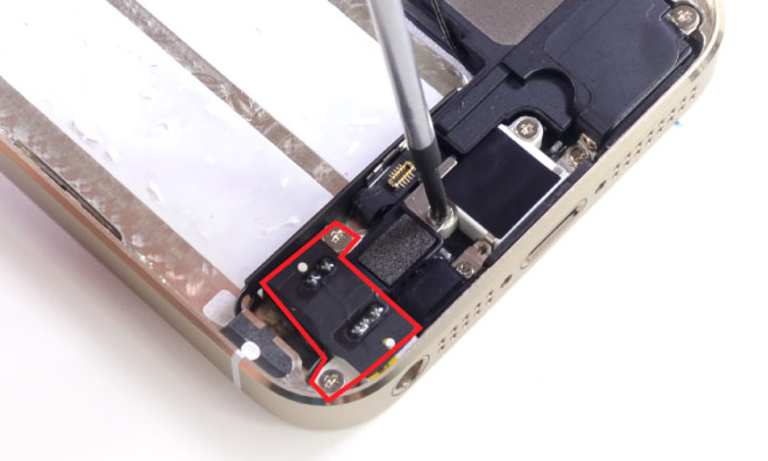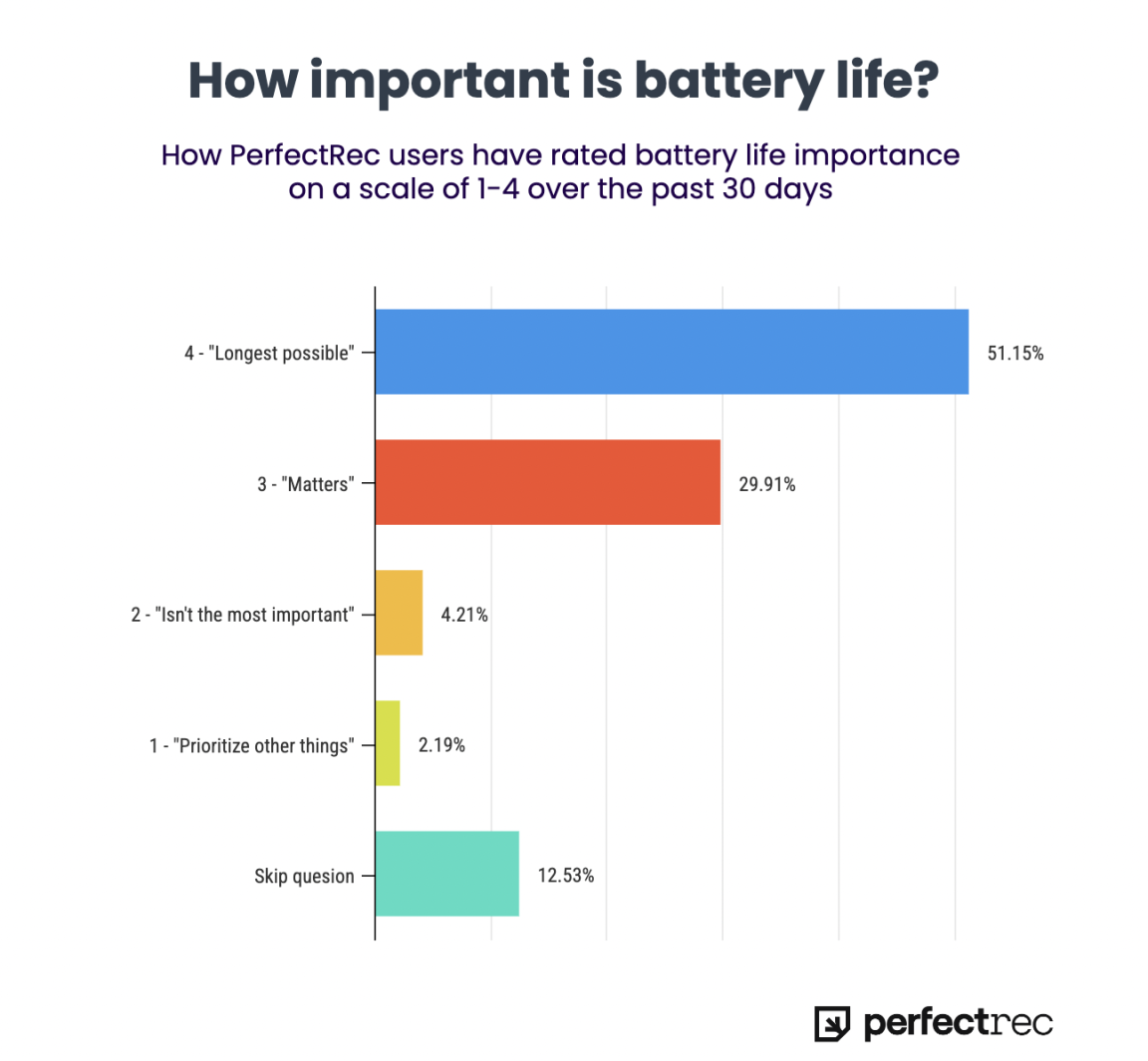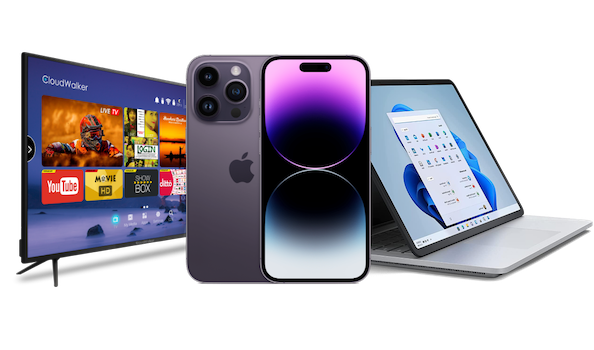Is it time to concede Apple was right to eliminate the headphone jack?


It’s been seven years since Apple eliminated the 3.5mm headphone jack with the release of the iPhone 7. At the time, this decision was widely panned by consumers and critics. People correctly pointed out that the timing coincided with the launch of Apple’s AirPods bluetooth headphones line and the removal of the port would force consumers to either buy AirPods or make do with a clunky dongle. Apple said removing the port would make it easier to accommodate a larger battery and simplify the internal design.
While we won’t claim that the move was driven by “courage” like Apple executive Phil Schiller did, we will say that in retrospect the decision made sense.
More space equals more battery
Space inside a phone is limited, and while many components like the processor can get better without getting bigger, batteries are more limited by physics. Regardless of the energy density, a bigger battery can store more energy. The fundamental design challenge with phones is how do you minimize the space all of the other components take up so that you can maximize the space available for the battery.

A 3.5mm headphone jack isn’t enormous, but every cubic millimeter of space counts. In 2017, Razer’s CEO, Min-Liang Tan, claimed that dropping the headphone jack allowed Razer to increase battery capacity by about 500 mAh, or 12.5 percent.
This seems like it is probably an upper bound estimate and it’s possible that the compact form factor of Razer phones was more impacted by layout restrictions imposed by a headphone jack than a more traditional phone design.
We can also estimate the approximate space saved for additional battery capacity. A 3.5mm headphone jack is about 200 cubic millimeters including the port and external components. The battery pack on the base model iPhone 15 is about 20,300 cubic millimeters. By that measure, not having a headphone jack enables Apple to make the battery pack about 1% larger. It’s also worth noting that the iPhone 15 is about 24% larger than the iPhone 7, so the initial space saving was even more significant back in 2016.
200 cubic millimeters might not sound like a lot, but space inside a phone is so valuable that manufacturers are constantly looking for more ways to save it. The recent move by phone manufacturers from the traditional SIM card reader to the eSIM was also a space saving move. But even the eSIM takes up about 20 cubic millimeters. The upcoming iSIM will be integrated as part of the SoC instead of its own small chip, taking up almost no space. This underlines that manufacturers are willing to make fairly tough changes in order to get 1/10 the space savings as removing the headphone jack.
Consumers care a lot about battery life
Would consumers really care about 12% more battery life? What about 1%? More battery life is one of those things like motherhood and Apple pie that everyone says is great. The question is just how important is it, and how much do consumers prioritize it?
At PerfectRec, we actually have data about how much consumers care about battery life. 81% of users in our phone recommendation engine say battery life is extremely important or very important, with just over 50% choosing the maximum option: extremely important.

Furthermore, when users have conflicting phone preferences, such as wanting a small phone and great battery life, we ask them what is more important. Over the last month, 92% of users presented with the trade off between a small phone and long battery life have said battery life is more important.
If we look at our upper bound estimate of how much additional battery capacity removing the headphone jack enables, the trade off seems clearly worth it. But even at our lower bound estimate of 1 percent, it seems like a trade off most consumers are happy to make. People care a lot about battery life, and a 1 percent improvement works out to about 5 minutes of extra power on an iPhone 15 according to our battery life estimates of 8 hours, assuming an even mix of phone calls, web browsing and watching videos.
Whether removing the headphone jack allowed for a 10% increase in battery life, a 1% increase, or something in-between, the bottom line is that consumers care a lot about battery life, and every extra minute likely counts.
Revealed preferences
Another way to evaluate whether Apple made the right call is to see how the rest of the smartphone market has responded. If Apple had indeed missed the mark, you’d expect a range of Android manufacturers to capitalize on that mistake and tout their continued support for headphones jacks. But in fact the opposite has happened. Google initially tried to capitalize on Apple’s decision to remove the headphone jack, but followed suit dropping it from the Pixel 2 one year later. Razer eliminated the 3.5mm port in 2017, and in 2019 Samsung followed suit, dropping the headphone jack from its flagship Galaxy S line.
Today, it is increasingly difficult to find phones in the North American market that still have a headphone jack. It’s of course possible this is a massive market failure, but we suspect the revealed preference of consumers is that Apple was right. Most people don’t care about having a physical headphone jack or would happily trade it for a few more minutes of battery.
About PerfectRec
PerfectRec is a personalized product recommendation site. We ask you simple questions and use a combination of human experts and machine learning to recommend the perfect products for your unique needs.
Try PerfectRec to get your personalized recommendation

- Just one minute of easy Q&A
- Personalized picks from top experts
Stay up to date on new products
Get occasional updates about new product releases, interesting product news, and exciting PerfectRec features. No spam. We never share your email.
